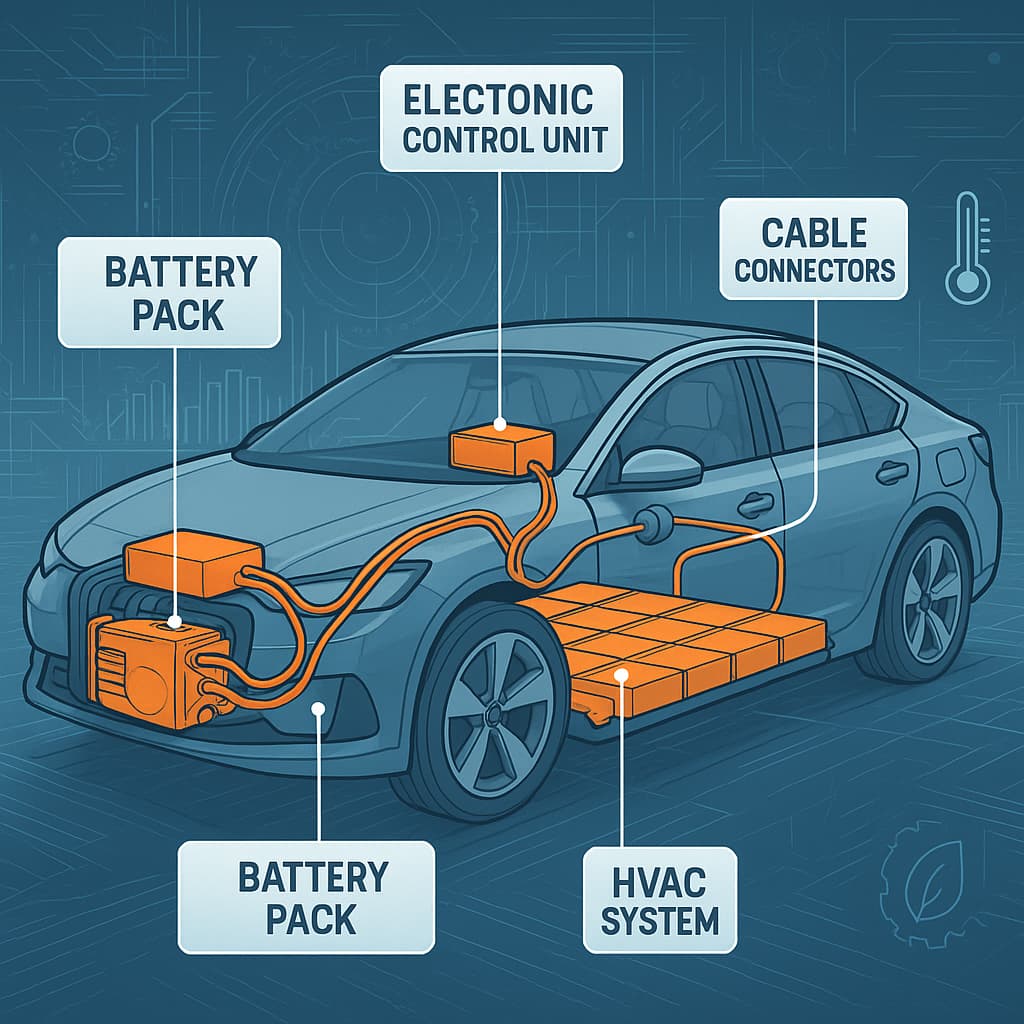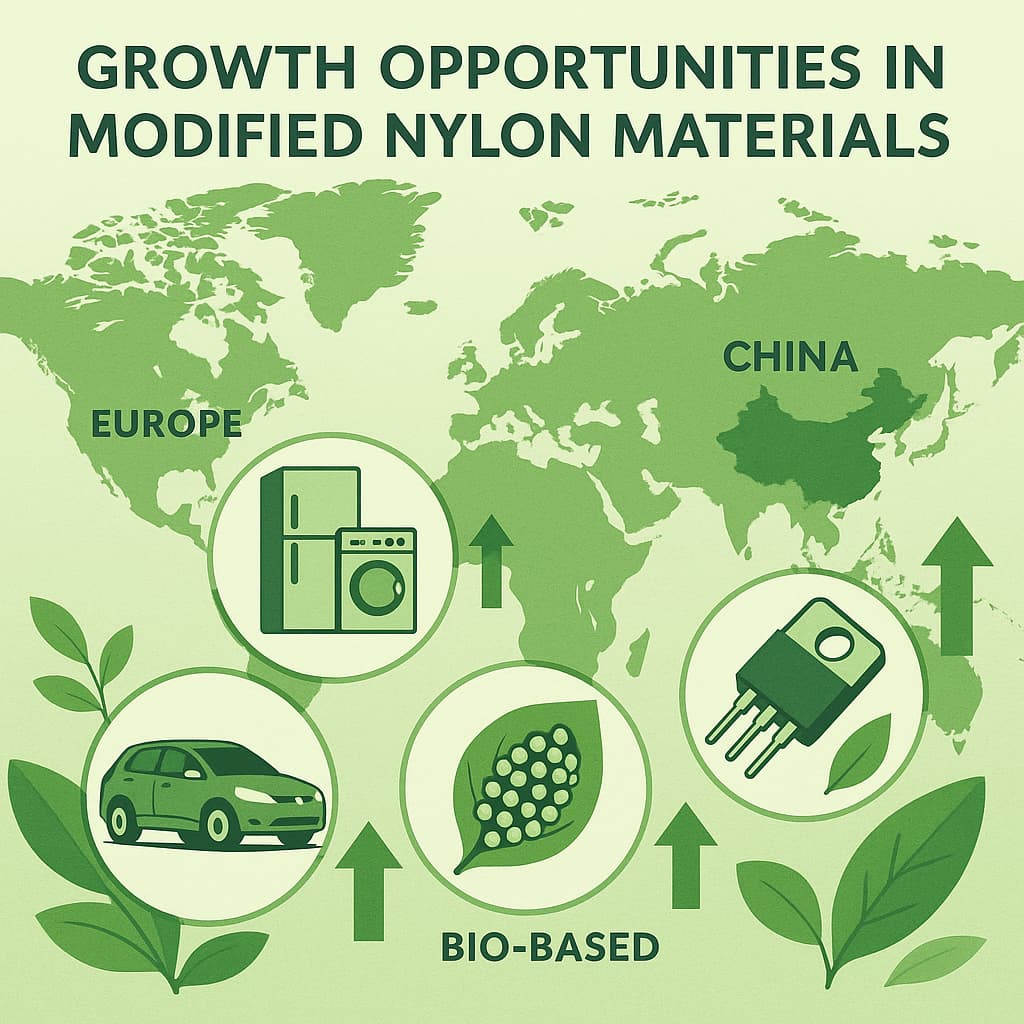Analysis of Growth Drivers in the Global Nylon Modification Market 2025
Jul 30, 2025
In recent years, with continuous advancements in manufacturing technology and increasing demand for high-performance engineering plastics, the global market for modified nylon materials has shown impressive momentum. By 2025, the modified nylon market is expected to witness new growth drivers, not only through the expansion of downstream industries but also through the diversification of material properties and the optimization of supply chains.
Geographically, the Asia-Pacific region remains the fastest-growing market. In countries like China, India, and Southeast Asia, the automotive, electrical, and consumer goods industries are driving strong demand for high-performance plastics. Especially under China’s dual-carbon policies, traditional materials are being increasingly replaced by lighter, more durable, and more environmentally friendly modified nylons. In Europe, regulations promoting sustainability are accelerating the development of recycled and bio-based nylons, creating new opportunities for premium applications.
From an industry perspective, the automotive sector remains the largest consumer. In new energy vehicles, lightweight structural components, and electrical insulation systems, materials such as glass fiber-reinforced nylon, flame-retardant nylon, and high-temperature-resistant nylon are indispensable. In particular, PA66 and PA6T are widely used in EV and HEV power systems, including battery module housings, cooling system parts, and high-voltage connectors.
In the electronics sector, the miniaturization of smart devices and the high thermal loads of 5G communication equipment have driven demand for heat-resistant and dimensionally stable nylons such as PA9T and PA10T. For home appliances, the combination of flame resistance, surface finish, and processing efficiency is pushing the adoption of high-strength, aesthetically pleasing modified nylons.
The construction and industrial equipment sectors are also increasingly relying on high-strength, corrosion-resistant materials. Reinforced PA66 has emerged as a viable metal replacement in parts such as pipes, gears, and fasteners. Simultaneously, the global shift toward green manufacturing has brought bio-based nylons like PA56 and PA410 to the forefront, particularly for eco-certified and export-oriented product lines.
Technological advancements are further driving market growth. Innovations in additives and fillers have enhanced the balance of properties, process stability, and surface compatibility of modified nylons. By precisely controlling glass fiber length and using compatibilizers and compound technologies, manufacturers can tailor cost-effective solutions for specific applications.
The global modified nylon market in 2025 is set for multidimensional growth. Regional demand, industrial upgrades, environmental policies, and material innovations are collectively reinforcing nylon’s role in the engineering plastics ecosystem. Companies that identify and act on these growth points early will gain a significant competitive edge.
Read More

